Climate Science, Information : Assuring Appropriate Interpretation, Dissemination To End Users
- Par Kimeng Hilton
- 26 Apr 2025 11:56
- 0 Likes
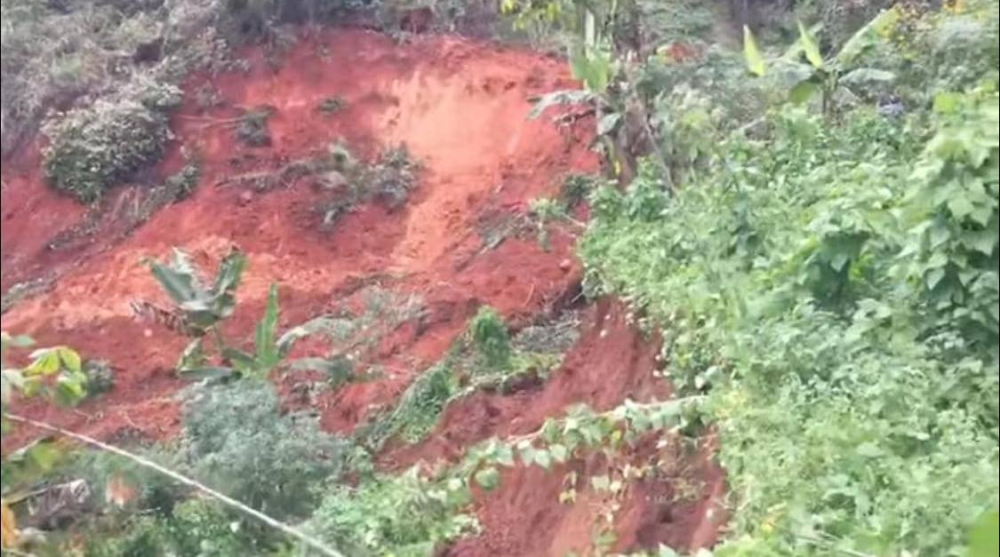
A two-day workshop ended in Yaounde on April 25, 2025. Organized by the Rainforest Centre, the National Observatory on Climate Change and the Mariantus Fossi Foundation.
“Information on climate change is everything. Such information must be rendered useful to community people bear the brunt of climate change effects,” commented Dr Augustine Bantar Njamnshi, the Executive Director of Africa Coalition for Sustainable Energy and Access, ACSEA.
Adequate, Timely Information
“To better deal with the impact of climate change, communities need to have adequate and timely information to take decisions to help them adapt better. Unfortunately, this information is often produced and distributed in a way that is not very useful to farmers, cattle breeders and other members of the community,” noted Eugene Nforngwa, ACSEA Director of Programmes. Both of them spoke in Yaounde at workshop on “Understanding, interpreting and disseminating climate science and climate information.” Which held onsite and online from April 24-25, 2025.
Impactful Storytelling
The training was organized by the Rainforest Centre, the National Observatory on Climate Change, ONACC and the Mariantus Fossi Foundation for 40 journalists and online content creators. With the objective to enhance their capacity to report effectively and responsibly on climate change. A critical topic that requires accurate, impactful storytelling to drive awareness, preparation and response to extreme weather as well as adaptation strategies, organizers emphasized.
Information That Makes Sense
“The training sought to ensure that complex climate publications by specialized agencies are appropriately communicated to the public,” Dr Njamnshi said. “We organized the training for journalists who serve as interface between those who produce information and those who need it. So that information is presented to them in a way that makes sense and is anchored on the daily lives of members of the public.
Quality Reporting
“With the training over, we expect to see an increase in the number and quality of reporting to help build resilience and adaptive capacities. We have created a framework for collaboration by connecting journalists with experts and communities by using the Information and Communication Working Group of the Cameroon Climate Change Working Group. There will also be more training on other thematic issues,” Nforngwa promised.
Resource People
Facilitators of the workshop were Prof. Njilah Isaac Konfor of the University of Yaounde I, Dr Kiming Ngala of the National Observatory on Climate Change, ONACC, Mr. Ambesi Hans of the Department of National Meteorology, Ministry of Transport. And Eugene Nforngwa and Afanyu Yembe of ACSEA.
Workshop Content
Topics covered in the training included introduction to communicating climate science; climate and disaster risk management and communication; climate information services for adaptation; ethics and responsibility in climate communication; effective communication of climate information; tools for disseminating climate information. And developing a cooperative framework to facilitate journalists’ greater role in sending out climate information.
Increasing Awareness
According to Mr Ambesi Hans, the Service Head for Weather Forecasts in the Department of National Meteorology, Cameroonians do not generally take weather forecasts serious. But there has been increasing awareness in the past four years because of extreme weather conditions.
Climate Change?
Extreme weather and climate events are determined by their intensity, rarity, duration, impact, the level of onset speed/abruptness, spatial extent, and predictability/ or lack of it. Training on “Understanding, interpreting and disseminating climate science and climate information” helps in early warning and risk reduction planning, agricultural adaptation, disaster preparation and infrastructure design. Other areas include public health planning, water resource management, ecosystem and biodiversity conservation, insurance and risk transfer, and policy and investment discussions.
Weather, Climate
Climate information is divided into three main parts. Weather forecasts which cover short-term periods of up to 14 days. The information permits users to take immediate decisions and to begin to prepare for disaster risks. Such information has the highest level of certainty. Seasonal outlook climate publications on the other hand cover periods of one to six months. The information is less specific and of moderate certainty. It permits for long term planning. While climate projections deal with much longer periods – from decades to centuries. Such information demands long-term planning and has the lowest certainty of occurrence.
ONACC’s Method
Meanwhile, climate information is disseminated by ONACC through various tools by the producers of the information. Such as web platforms, portals, applications; social media; community engagement; the traditional media (radio, television and newspapers); climate bulletins; collaboration with local and international organisations; newsletters and mobile phone messaging.
Climate Change Ri...
Cet article complet est réservé aux abonnés
Déjà abonné ? Identifiez-vous >
Accédez en illimité à Cameroon Tribune Digital à partir de 26250 FCFA
Je M'abonne1 minute suffit pour vous abonner à Cameroon Tribune Digital !
- Votre numéro spécial cameroon-tribune en version numérique
- Des encarts
- Des appels d'offres exclusives
- D'avant-première (accès 24h avant la publication)
- Des éditions consultables sur tous supports (smartphone, tablettes, PC)


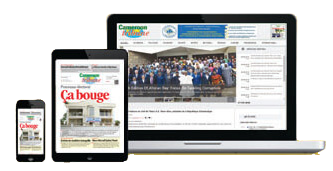



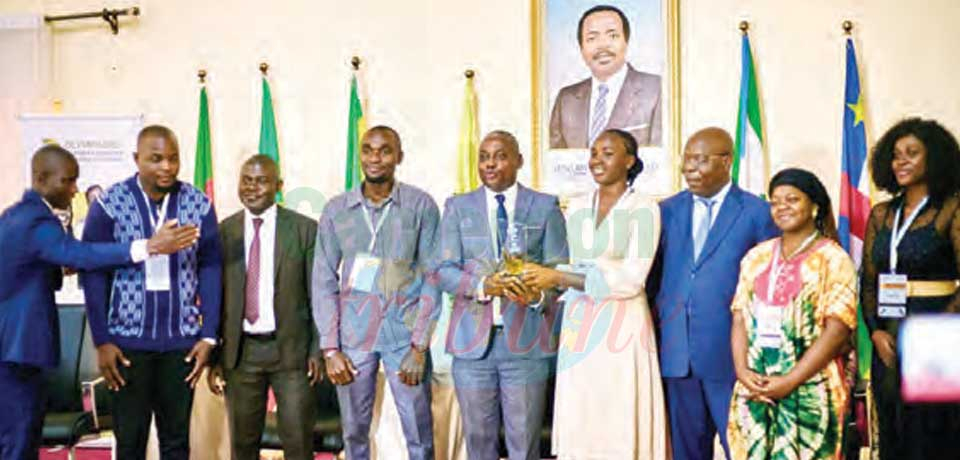
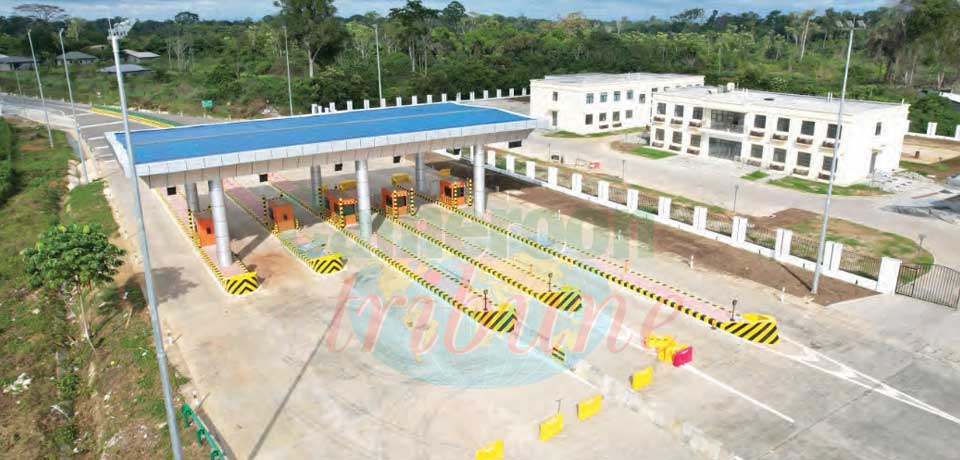
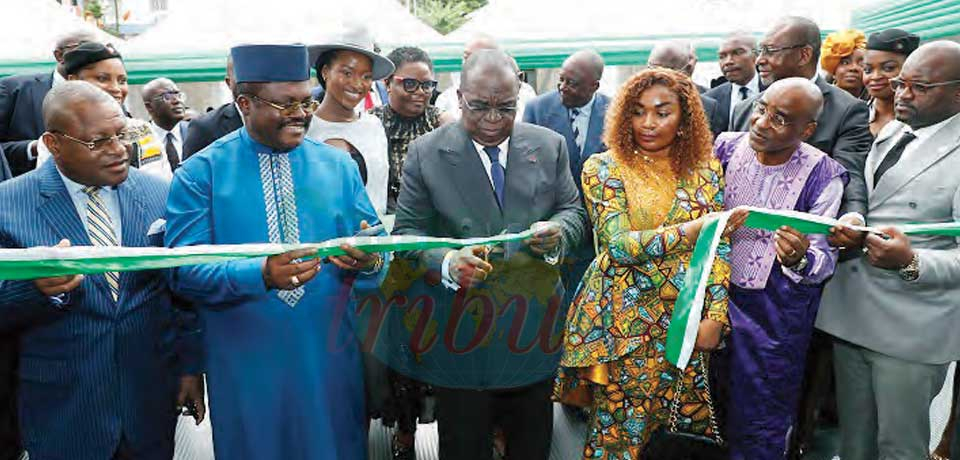

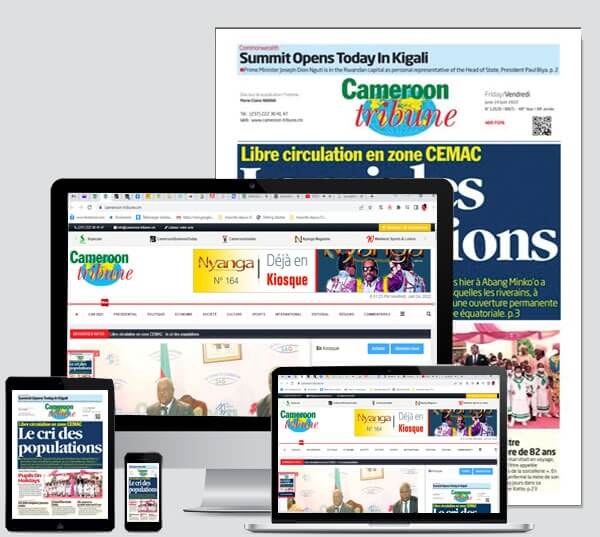
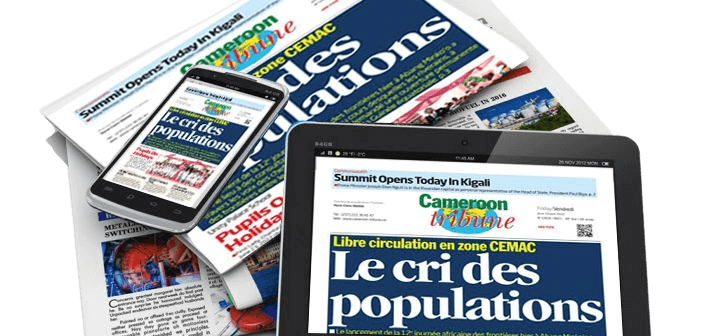


Commentaires